How To Expand Phone Memory Without Sd Card?
Expanding phone memory without an SD card is a common challenge faced by smartphone users, particularly as mobile devices increasingly become central to our personal and professional lives. As apps, photos, and multimedia content continue to grow in size, many users find themselves running out of internal storage. This article will explore practical solutions to expand your phone's memory without relying on an SD card. By understanding these strategies, you can optimize your device's storage capacity and improve its overall performance.
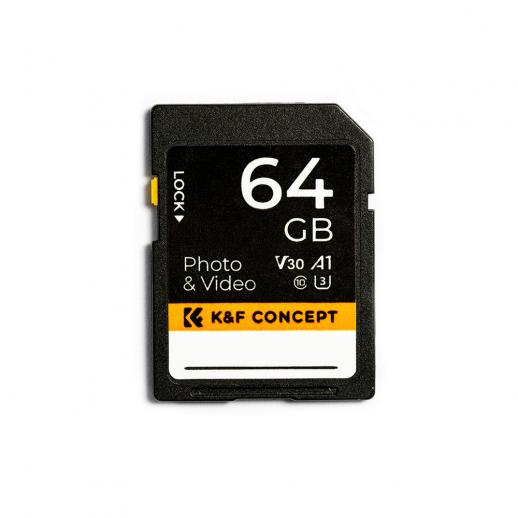
1. Utilize Cloud Storage Services
Cloud storage is an excellent solution for expanding phone memory. It allows you to store files, photos, and videos on remote servers, freeing up space on your device.
Popular Cloud Storage Options
- Google Drive: Offers 15 GB of free storage with options to upgrade for additional space. It integrates seamlessly with Android devices.
- iCloud: Designed for Apple devices, it provides 5 GB of free storage and additional space through paid plans.
- Dropbox and OneDrive: Cross-platform services that offer varying amounts of free and paid storage.
How to Use Cloud Storage
- Upload large files, such as videos and high-resolution images, to the cloud.
- Configure automatic photo backup, ensuring that photos are removed from your phone once backed up.
- Access files on-demand via the cloud app, avoiding the need to store them locally.
---
2. Delete Unnecessary Files
Over time, smartphones accumulate a significant number of unnecessary files, including cached data, duplicate photos, and old documents. Clearing these files can instantly free up memory.
Steps to Remove Unnecessary Files
- Clear Cache: Apps store temporary data to speed up operations. Clearing app caches periodically can reclaim storage.
- On Android: Navigate to Settings > Storage > Cached Data and clear it.
- On iPhone: Offload unused apps to remove app data without deleting the app entirely.
- Delete Duplicate Files: Use apps like Files by Google or third-party duplicate cleaners to find and remove duplicate photos or videos.
- Remove Old Files: Regularly review your Downloads folder and delete outdated files.
---
3. Optimize Media Storage
Photos and videos often consume a large portion of phone memory. Optimizing how you store and manage these files can make a significant difference.
Compression Tools
- Use apps like Google Photos or iCloud Photos to store compressed versions of images while maintaining quality.
- Employ video compression tools, such as Video Compress, to reduce file sizes without significant quality loss.
Delete Locally Stored Files
- After transferring media to a computer or cloud storage, delete local copies to free up space.
- Regularly review and delete old media files that you no longer need.
---
4. Leverage OTG and External Drives
If your phone supports USB On-The-Go (OTG), you can use external drives to expand storage. OTG allows you to connect USB drives, external SSDs, or other storage devices to your phone.
Benefits of OTG
- Instant access to additional storage.
- Easy transfer of large files between devices.
- Portable and cost-effective.
Setting Up OTG
1. Purchase an OTG-compatible USB drive or an OTG adapter.
2. Connect the device to your phone via the charging port.
3. Use the File Manager app to transfer files between the phone and the external drive.
---
5. Take Advantage of Online Streaming
Streaming content instead of downloading it can significantly reduce storage consumption. Many popular services offer offline playback options, but these files can quickly fill up your phone’s memory.
Streaming Options
- Use platforms like Spotify, Apple Music, or YouTube Music for audio streaming.
- For video content, services like Netflix, Amazon Prime, or YouTube reduce the need for locally stored files.
- Avoid storing entire playlists or shows offline unless absolutely necessary.
Optimize Streaming Settings
- Lower video quality when downloading episodes or movies for offline playback.
- Delete offline files once you’ve finished watching or listening.
---
6. Manage Apps and App Data
Apps are another major contributor to storage usage, often occupying more space than anticipated. By managing your apps effectively, you can free up memory.
Strategies for Managing Apps
- Uninstall Unused Apps: Review all installed apps and remove those you rarely use.
- Use Lite Versions: Replace storage-heavy apps with their lighter counterparts, such as Facebook Lite or Messenger Lite.
- Limit App Data: Clear app data for apps that you don't use frequently, but be cautious as this will reset the app to its default settings.
Use Built-In Tools
Both Android and iOS provide tools to help manage app storage:
- Android: Go to Settings > Apps > Storage to view app-specific data usage.
- iPhone: Navigate to Settings > General > iPhone Storage for a breakdown of app sizes.
---
7. Enable Smart Storage Features
Many modern smartphones come with built-in smart storage features that help automate memory management.
Android Smart Storage
- Automatically removes backed-up photos and videos from local storage.
- Prompts users to delete rarely used apps.
iPhone Offload Apps
- Temporarily removes unused apps while keeping their data intact.
- Automatically deletes old iMessages and attachments.
---
8. Invest in a Cloud Gaming Service
For gamers, local storage can be a major issue. Cloud gaming services eliminate the need to store large game files on your phone.
Popular Cloud Gaming Platforms
- Google Stadia
- NVIDIA GeForce NOW
- Microsoft xCloud
These platforms allow you to play games directly via streaming, reducing the need for storage-hungry installations.
---
9. Regularly Update Your Phone Software
Operating system updates often include optimizations that improve storage management. By keeping your phone’s software up to date, you may unlock better memory usage features.
Check for Updates
- On Android: Navigate to Settings > System > System Update.
- On iPhone: Go to Settings > General > Software Update.
---
10. Backup and Reset Your Device
If you find that your phone's memory is perpetually full despite implementing the above strategies, consider backing up your data and performing a factory reset.
Steps to Backup and Reset
1. Backup Data: Use cloud storage or a computer to save important files.
2. Perform Factory Reset:
- On Android: Go to Settings > System > Reset > Factory Reset.
- On iPhone: Navigate to Settings > General > Reset > Erase All Content and Settings.
After resetting, reinstall only the apps and files you truly need to avoid cluttering your device again.
---
Conclusion
Expanding your phone’s memory without an SD card may seem challenging, but with the right strategies, it’s entirely achievable. By leveraging cloud storage, optimizing app and media usage, and exploring external storage options like OTG, you can maximize the available space on your device. Regular maintenance, such as clearing cache and removing unnecessary files, will also ensure that your phone operates smoothly over the long term. With these practical solutions, you can avoid the frustrations of limited storage and make the most of your smartphone’s capabilities.


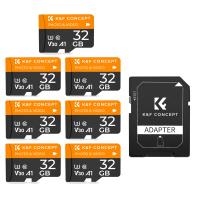
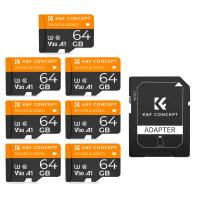

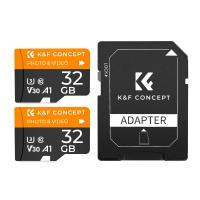
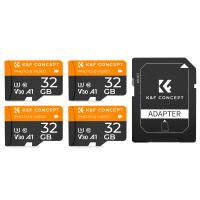
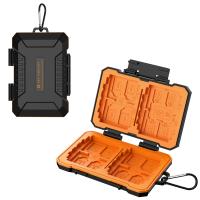

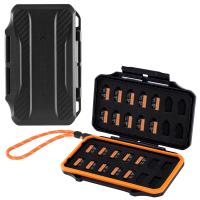
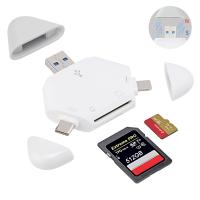

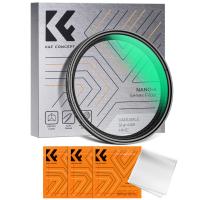



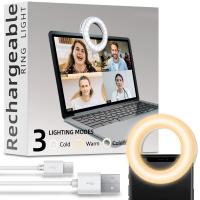
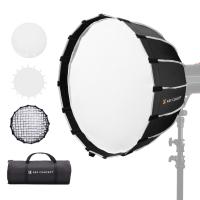



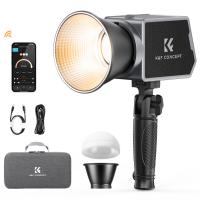
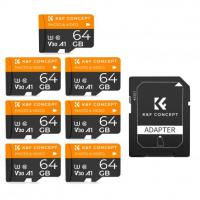

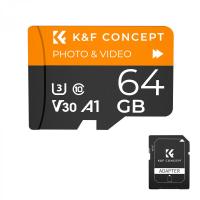

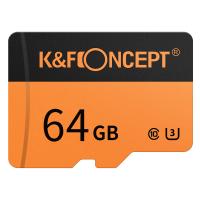
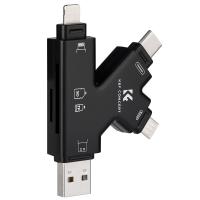

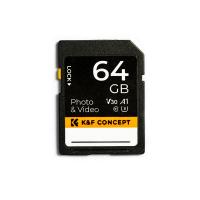






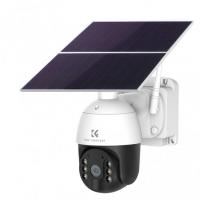
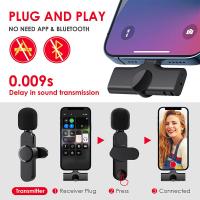


There are no comments for this blog.